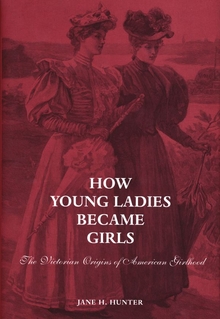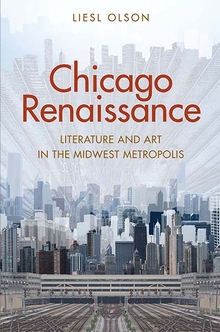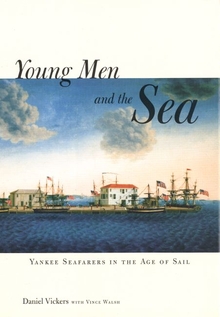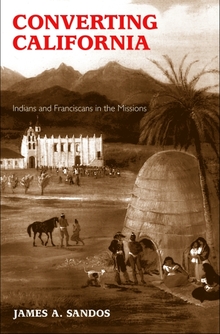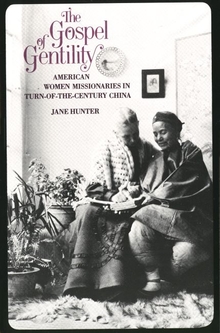How Young Ladies Became Girls
WARNING
You are viewing an older version of the Yalebooks website. Please visit out new website with more updated information and a better user experience: https://www.yalebooks.com
The Victorian Origins of American Girlhood
Jane Hunter
Poised between childhood and adulthood, no longer behaving with the reserve of “young ladies,” adolescent females sparred with classmates and ventured new identities. In leaving school, female students left an institution that had treated them more equally than any other they would encounter in the course of their lives. Jane Hunter shows that they often went home in sadness and regret. But over the long term, their school experiences as “girls” foreshadowed both the turn-of-the-century emergence of the independent “New Woman” and the birth of adolescence itself.
"[This book] is remarkable for the perspective it affords and the range of issues that Hunter is able to address. For historians interested in the experiences of young women and the institutions that shaped thier lives, it may be one of the most important books to be published in recent memory. This study simultaneously represents an important contribution to several fields: women's history, the history of childhood, and the history of eduction. . . . A study that other historians cannot afford to overlook. Jane Hunter has provided a searching examination of middle-class girls in the latter nineteenth century, enriching our conception of adolescence and the role of schooling in its development during a critical period. She also has provided a model of imaginative scholarship in social history, one that should inform the field for many years to come."—John L. Rury, History of Education Quarterly
"A well-written and thoughtful mapping of a critical transformation in American womanhood." —Carol Lasser, Journal of American History
Publication Date: December 11, 2002
40 b/w illus.

